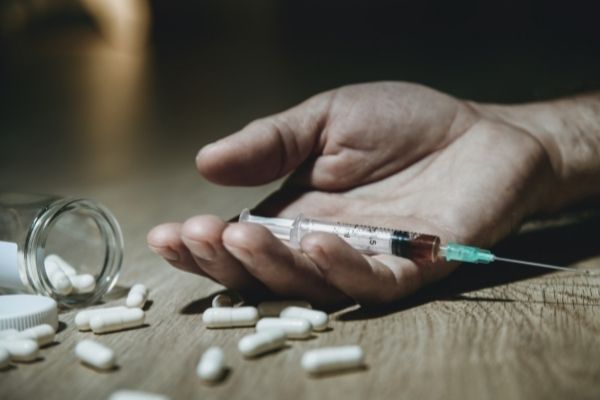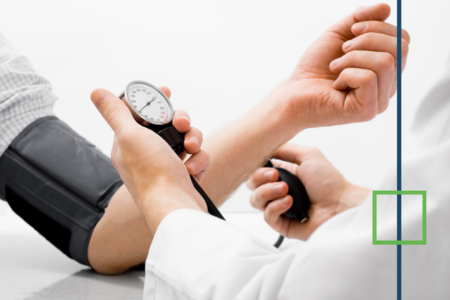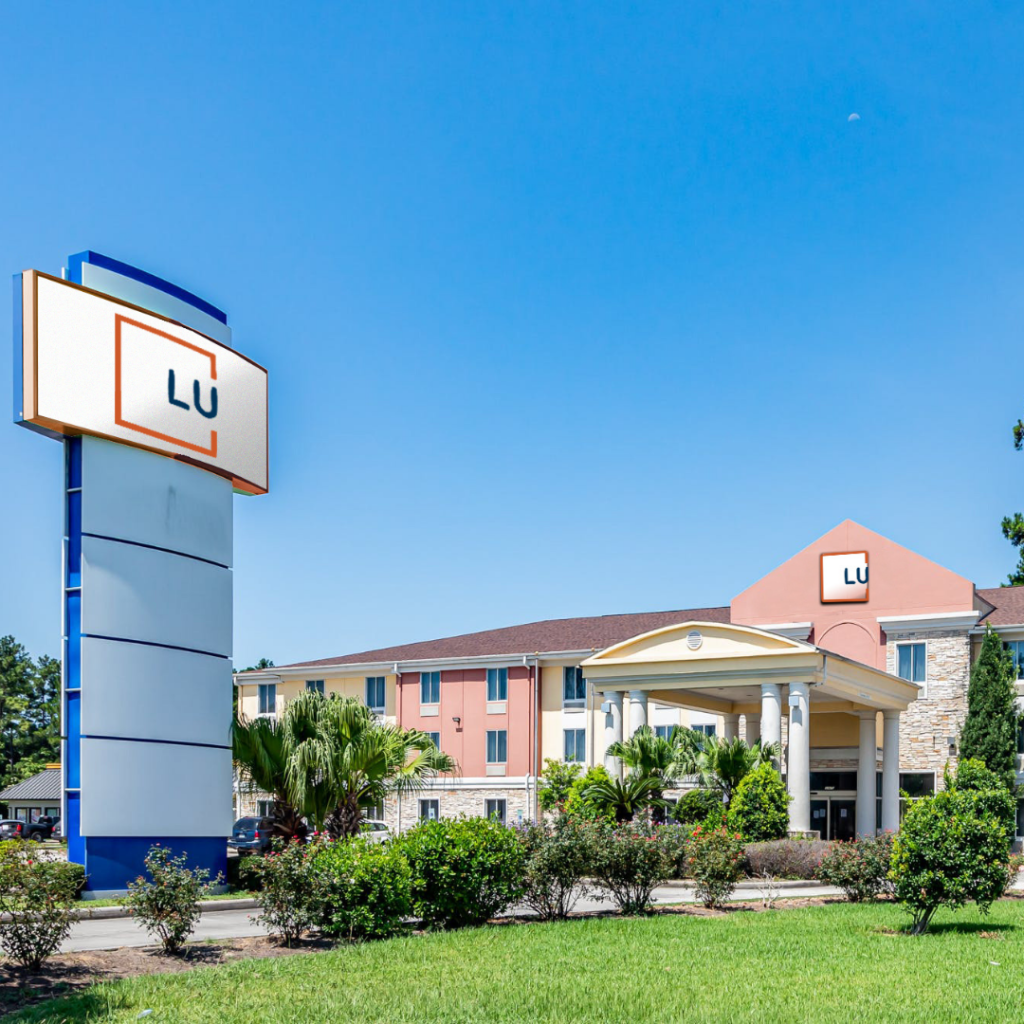What is Opioid Addiction?
Opiates are natural opioids such as heroin, morphine, and codeine. Generally, opioid pain relievers are safe when taken for a short time and as prescribed by a doctor. However, users abuse them due to the euphoria they produce in addition to pain relief. As a result, substance abuse happens when you take it in a different way or in a larger quantity than prescribed or taken without a doctor’s prescription. Substance abuse with this drug can be best medicated in an inpatient program that is accordingly dedicated to opioid addiction treatment.
To clarify, the regular use of opiates—even as prescribed by a doctor—can lead to dependence as well. And when misused, opioid pain relievers can lead to addiction, overdose incidents, and deaths. [1]
Effects of Opioid Addiction
Without awareness, you may become addicted to prescription opioids that were given to you for a medical condition. Consequently, you will start using opiate drugs intentionally for the high they can provide. Opiates’ effects on the brain are strong as they can deplete certain chemicals with continued abuse. Classic signs of opioid addiction can be eventually, your brain will become dependent on opioids to function normally, then, you will start needing more opioids just to ward off withdrawal and feel “normal.”

Short-Term Effects of Opioid
- Pain relief
- Drowsiness
- Feelings of euphoria
- Sedation
- Opiate’s abusers will experience sporadic periods of “nodding off” as they slip in and out of consciousness
Long-Term Effects of Opioid
- Nausea and vomiting
- Abdominal distention and bloating
- Constipation
- Liver damage
- Brain damage due to hypoxia
- Addiction
Additionally, opioid use can lead to death because of opioids on the part of the brain which regulates breathing. [2] An opioid overdose can be identified by a combination of three signs and symptoms:
- Pinpoint pupils
- Unconsciousness
- Difficulties with breathing
Causes of Opiate and Opioid Addiction
In 2018 in the United States, about 808,000 people reported using heroin during the past year. Similarly, about 11.4 million people used narcotic pain relievers without a prescription. [2] Narcotic pain relievers include:
- Codeine
- Heroin
- Hydrocodone (Vicodin)
- Hydromorphone (Dilaudid)
- Methadone
- Meperidine (Demerol)
- Morphine
- Oxycodone (Percocet or Oxycontin)
You will become addicted to these drugs once it develops physical dependence. In other words, you rely on the drug to prevent withdrawal symptoms that may affect your body negatively. And over time, you will need more of the drug to obtain the same effect. That is to say, you already have drug tolerance. However, to tell when physical dependence develops varies with each person. And, once you stop using the opiate after the long-term use, your body will need more time to recover.
Effects of Opioid Withdrawal
The biggest complication of opiate withdrawal is returning to drug use. In fact, most opiate overdose deaths occur in people who have just detoxed. The first few days are the most dangerous because those who have just gone through opioid withdrawal can overdose on a much smaller dose than they used. As during opioid withdrawal, your tolerance to the drug is reduced. Furthermore, if you stop or cut back on these drugs after heavy use of a few weeks or more, you will have several opioid addiction symptoms and may include:
- Agitation
- Anxiety
- Muscle aches
- Increased tearing
- Insomnia
- Runny nose
- Sweating
- Yawning
- Abdominal cramping
- Diarrhea
- Dilated pupils
- Goosebumps
- Nausea
- Vomiting
Withdrawal Timeline
Opioid drug withdrawal mostly adheres to a general timeline, although the factors listed above may cause some variation. In general, the withdrawal symptoms typically peak within 48-72 hours and subside within a period of 5 to 10 days. [3] The onset, duration, and intensity of withdrawal symptoms will be experienced differently by each person.

On average, those withdrawing from opioids will experience symptoms somewhere along this timeline:
- 8-12 hours: Anxiety, agitation, watery eyes, runny nose, and increased sweating
- 12-24 hours: Nausea, stomach cramps, vomiting, diarrhea, goosebumps, and dilated pupils
- 36-72 hours: Symptoms peak and then gradually subside over the next few days
The period and extent of withdrawal symptoms also depend on whether the opioid is long-acting or short-acting. Heroin is relatively short-acting compared to other opiates. Therefore, heroin withdrawal symptoms appear just hours after the last dose and may last for a shorter period. On the other hand, longer-acting opioid painkillers may not provoke withdrawal symptoms till some days after the final amount, and some symptoms may last for weeks.
Opioid Addiction Treatment Starts With Detox
When the substance is suddenly absent, the body responds with very unpleasant withdrawal symptoms ranging from flu-like to potentially fatal. For this reason, it is recommended to slowly taper off opioid use rather than quitting cold turkey and ideally, with the supervision of a medical professional. Fortunately, several opioid antagonists can be used to help beat opioid addiction at the more difficult stages. These medications can help mitigate opioid withdrawal effects or intervene in the instance of overdose.
Naloxone
Naloxone is the generic name of a drug that can reverse the effects of an opioid overdose. It works by attaching itself to the same receptors occupied by the harmful opioids and taking their place. By disrupting the connection between the harmful opioid and the receptor, Naloxone can immediately reverse the adverse effects of an overdose. This can be life-saving, namely by restoring the ability to breathe.
It is available as an injectable liquid and as a nasal spray. The most common brand names include Narcan and Evizo. This medication is only effective if administered when an overdose occurs and cannot be used pre-emptively to prevent an opioid overdose.
Buprenorphine
Buprenorphine can activate opioid receptors and relieve cravings without eliciting any surge of euphoria. Thus, being an opioid can fulfill the receptors’ physical need to be stimulated but does so without generating feelings of joy (the leading cause of addiction-forming behavior).
What makes it even more helpful is the limits in the effect this partial opioid can exert on these receptors. This ensures that It can achieve no high, effectively eliminating the likelihood of being abused, and also limits the effects of other opioids that are taken.
This medication functions similarly to methadone, another opioid antagonist that is commonly used to treat opioid dependence. However, methadone has recently fallen out of favor as a treatment for opioid addiction due to its potential for habit-forming. As such, it has largely been replaced in turn of buprenorphine in opioid addiction treatment settings.
Suboxone
Suboxone is a brand-name drug composed of Naloxone and buprenorphine used to treat opioid dependence, not just manage the symptoms. The buprenorphine component enables it to lessen any persisting opioid cravings – the primary side effect of opioid detox or withdrawal.
The presence of Naloxone allows Suboxone to take treatment a step further. Instead of reversing the symptoms of an overdose, Naloxone acts as a deterrent to further opioid abuse. It does so by causing unpleasant withdrawal symptoms should Suboxone be used via injection (a typical administration method for drug abusers) instead of being taken orally as directed. This prevents Suboxone users from trading one addiction for another.
Opioid Addiction Treatment and Detox at We Level Up TX
Clearing opiates from the body and overcoming withdrawal symptoms is the goal of detox, which is the first step of an opioid addiction treatment center.
Firstly, you need to go to detox to obtain recovery, in a safe and medically supervised setting. We Level Up TX Detox center medically assist clients to clear their systems of addictive substances including opioids.
For anyone who suffers from addiction, just the thought of having to stop using can cause severe mental distress. But, with the help of a medical detox center, the medical detox process is managed. A comprehensive team prescribing medications can alleviate your withdrawal pains while monitoring your health 24 hours. Assuring both your safety and comfort.
Moreover, our residential care program after the detox will slowly and effectively introduce the individual into an atmosphere of therapeutic growth. Marked by Master’s level therapists, clinicians, group counselors, psychiatrists, and a community of like-minded individuals with the same aim: to attain sobriety and live a great life.
Some of the many modalities applied and practiced within our residential treatment facility are:
- Alumni Support
- Stabilization
- Holistic Therapy
Patients in our residential therapy programs here at We Level Up TX treatment center will live comfortably within the facility during this crucial and fragile time. This supportive environment is designed to give patients 24-hour care for sobriety, removing temptations for relapse and applying an air of recovery into every component of the treatment timeline, including opioid addiction treatment. At We Level Up TX, we find that when clients are living in a supportive community, especially during their early recovery process, they can truly focus on what matters most: their recovery.
Above all, we’re passionate about providing the best care and treatment options for clients and their families. Our treatment team is dedicated to giving each and every client the best chance for recovery. We know that finding a trusted addiction and mental health rehabilitation center is a critical part of finding the best treatment options. A great way to weed through to uncover the best recovery programs should include seeking accredited organizations like We Level Up.
Most importantly, if you or a loved one is struggling with opioid addiction, you may reach out to us. Our counselors are always ready to answer any of your possible questions.

Sources:
[1] https://www.drugabuse.gov/drug-topics/opioids – National Institute on Drug Abuse
[2] https://medlineplus.gov/ency/article/000949.htm – U.S. National Library of Medicine
[3] We Level Up Treatment » Opiate Detox & Opioid Detox